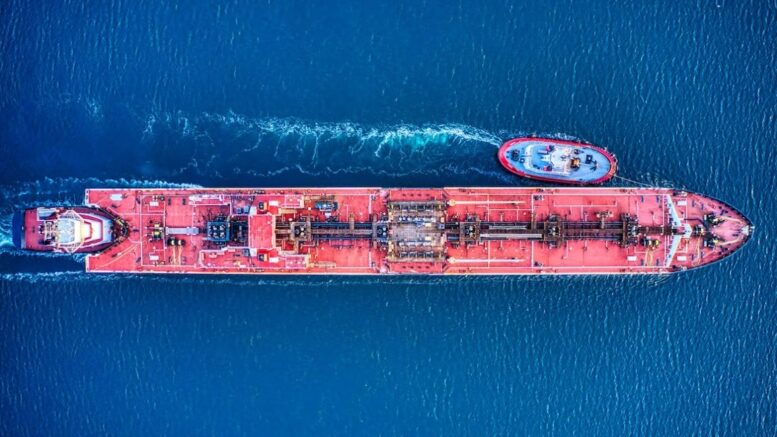Liquefied Natural Gas (LNG) is an essential component of the global energy mix, and its usage is increasing as countries seek to transition towards cleaner energy sources. However, developing an adequate LNG infrastructure presents significant challenges. One of the critical factors in LNG infrastructure development is industrial butterfly valves, which play a vital role in the safe and reliable operation of the LNG supply chain.
The Role of Industrial Butterfly Valves in LNG Infrastructure
Industrial butterfly valves are critical components in the LNG infrastructure. Typically, these valves are used to control the flow of LNG and other fluids in the supply chain, including the liquefaction process, storage, transportation via LNG tankers and regasification plants, as well as distribution and utilization.
Butterfly valves are generally preferred due to their cost-effectiveness, low weight, and compact design. However, valves used in LNG operations face a unique set of challenges that require specialty designs to ensure safe and reliable operations. These challenges include extreme temperatures, high pressure, and the need for bubble-tight shut-off to prevent leakage.
Challenges of Developing LNG Infrastructure
Developing an adequate LNG infrastructure presents immense challenges. The first challenge is to establish a consistent supply of LNG from reliable sources. This requires investing in liquefaction plants and LNG shipping facilities, which are capital-intensive and require careful planning due to varying demand.
The second challenge is to develop storage facilities that can hold significant quantities of LNG while maintaining low temperatures. This requires tanks that can withstand the extreme temperatures and pressures involved and the use of insulation materials that can handle cryogenic temperatures.
The third challenge is transportation. Shipping LNG requires specialized tankers that can maintain the low temperatures necessary to keep the gas in its liquid form. The use of LNG tankers presents additional risks, such as spills and explosions, which require robust safety measures and regulations.
Opportunities for Developing LNG Infrastructure
Despite the challenges, developing LNG infrastructure presents significant opportunities. LNG offers a cheap, abundant, and cleaner alternative to traditional fossil fuels, which could help reduce greenhouse gas emissions and mitigate climate change. LNG can also provide energy security by reducing dependence on oil and gas imports.
Developing LNG infrastructure can also provide significant economic benefits. The construction and operation of LNG infrastructure can create job opportunities and boost local economies. It can also provide a reliable and stable supply of energy, which is vital for industrial development.
Mitigating Challenges with Industrial Butterfly Valves
The challenges of developing LNG infrastructure can be mitigated through the use of specialty industrial butterfly valves. Valve manufacturers have developed designs and materials that can handle the extreme temperatures and pressures involved in the LNG supply chain successfully. These valves provide high-performance elastomeric seals that can withstand cryogenic temperatures and bubble-tight shut-off to prevent system leakage.
Additionally, automation and remote monitoring technologies can help to improve the reliability and safety of LNG operations, reducing the need for human intervention and enhancing overall efficiency.
Conclusion
In conclusion, developing an adequate LNG infrastructure is critical for the transition towards cleaner energy sources. However, it presents significant challenges that require careful planning and investment. Industrial butterfly valves play a central role in the safe and reliable operation of the LNG supply chain, and specialty designs can be utilized to mitigate the challenges posed by extreme temperatures and pressures.
Developing LNG infrastructure presents significant opportunities for economic growth, energy security, and reducing greenhouse gas emissions. With the continued development of specialty industrial butterfly valves and the implementation of automation and remote monitoring technologies, the challenges of developing LNG infrastructure can be overcome, paving the way for a cleaner and more sustainable energy future.
